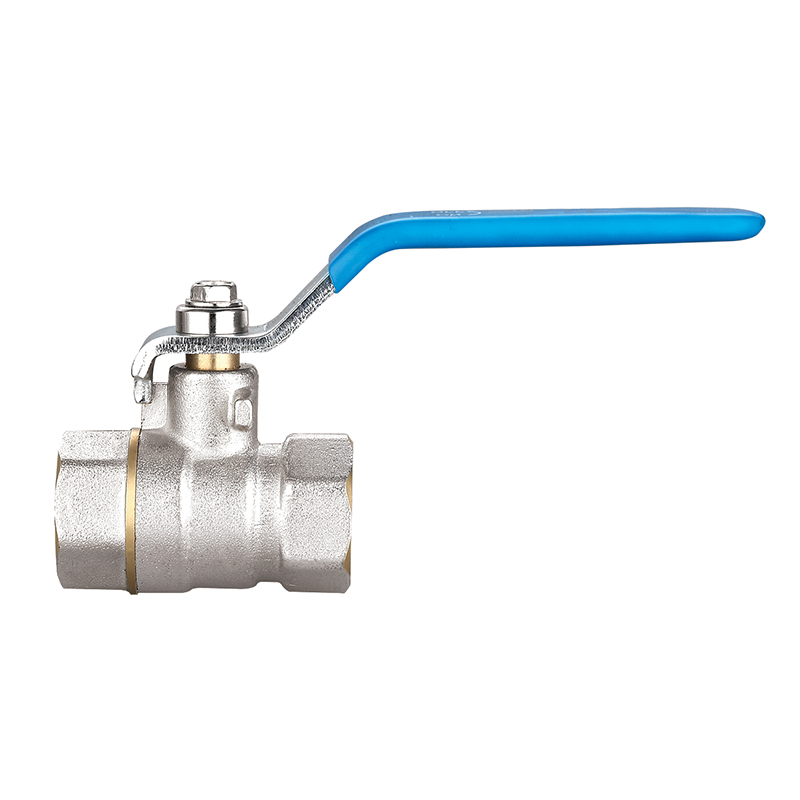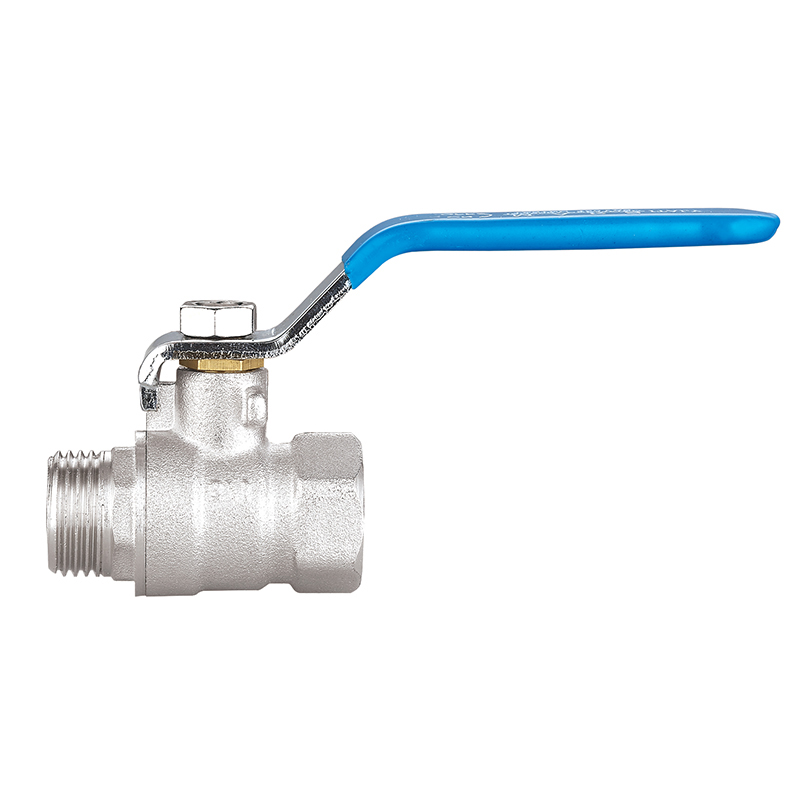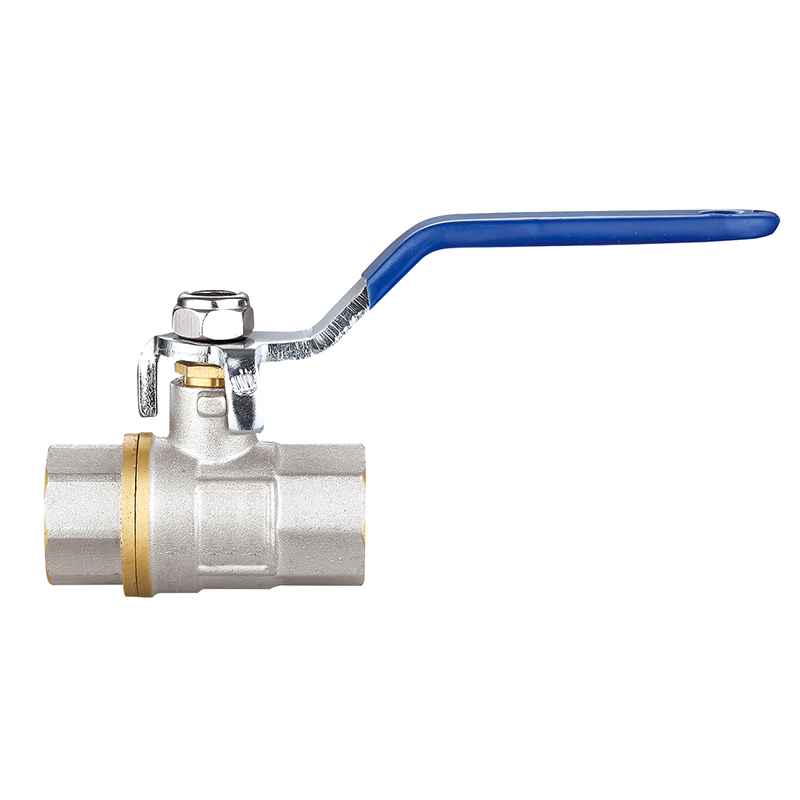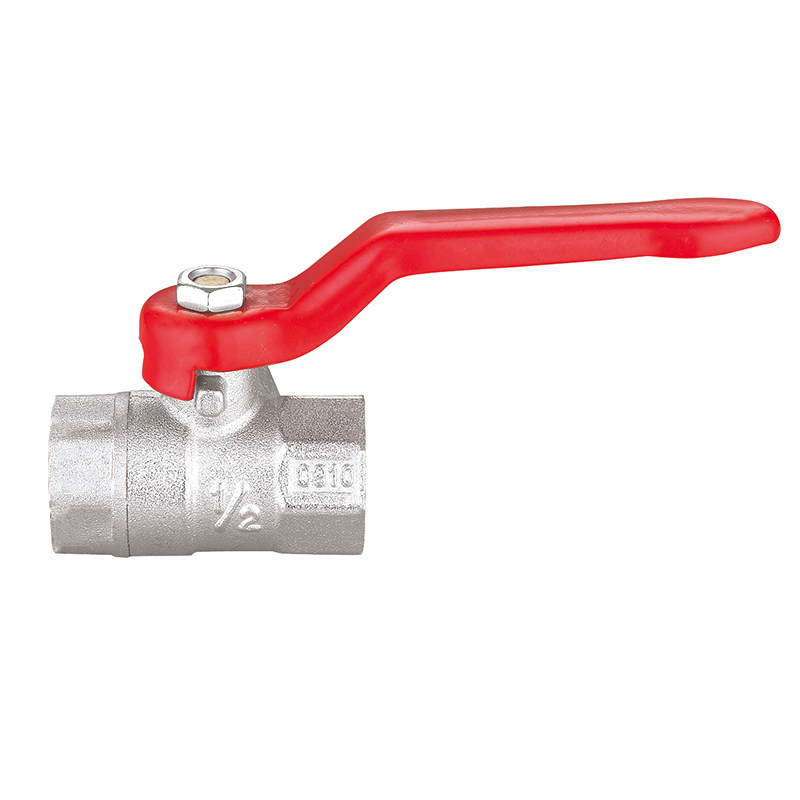Globe Valve Leaks—How to Prevent?
2025-10-03
Nothing frustrates plant operators and homeowners more than a leaking globe valve. A single drip wastes water, corrodes surrounding pipes, and can shut down an entire process. Fortunately, many leaks are preventable when you understand why they happen and what simple steps to take before, during, and after installation.
To begin with, buy the right valve for the service. Globe valves come in screwed, flanged, welded, and press-fit ends; each joint type has different sealing limits. If your system cycles between 4 °C and 95 °C, specify a valve with graphite or PTFE packing rated for thermal shock. Check the seat material too—brass seats work for clean water, but a slurry line needs hardened stainless steel or Stellite to resist wire-drawing erosion that eventually causes weeping at the seat.
Second, control torque during assembly. Over-tightening the bonnet bolts distorts the valve body and crushes the gasket, creating high-stress zones that open tiny leak paths as pressure fluctuates. Use a calibrated torque wrench and follow the cross-pattern sequence printed in the manufacturer’s IOM. When the torque spec is not available, the rule of thumb is 30 N·m for ½-inch screwed bonnets and 70 N·m for 2-inch flanged bonnets, but always confirm with the supplier.
Third, condition the pipeline before the valve ever sees service. Sand, welding beads, and rust particles scour the disc and seat the very time the valve is throttled. Install a temporary strainer upstream and flush the line at 1.5 × design velocity for at least ten minutes. After flushing, remove the strainer and inspect the valve; if the disc shows scoring, lap the seat with 600-grit compound before putting the valve into permanent duty.
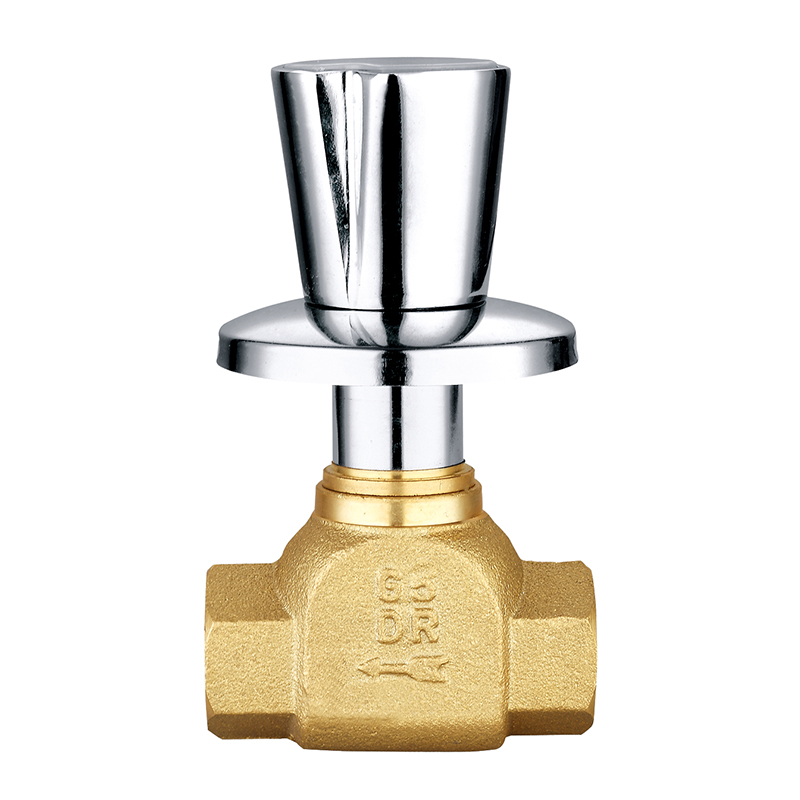
Fourth, manage operating habits. Globe valves are designed for throttling, but throttling wide open or near the closed position accelerates wear. Keep travel between 20 % and 80 % of stem lift; outside that range, switch to a smaller valve or an orifice plate. Train operators to open and close the valve slowly; water hammer spikes pressure beyond the packing’s design limit, extruding the rings and causing gland leakage.
Fifth, schedule preventive maintenance. Once a quarter, stroke the valve from full open to full close while the system is pressurized and listen for seat chatter. If chatter is heard, the disc and seat are no longer concentric—tighten the stem nut 1/8 turn and retest. Replace packing every two years or sooner if leakage appears at the stem. Use only die-formed graphite rings for high-temperature services; braided packing tends to shrink and leak.
Finally, monitor the surrounding area. A small valve body crack can propagate into a catastrophic failure. Apply a quick-setting epoxy patch as an emergency measure, but order a replacement valve immediately. Modern ultrasonic thickness gauges detect wall thinning in minutes; a yearly scan pays for itself the time it catches a leak before it starts.
In short, the secret to preventing globe valve leaks is to treat the valve as part of a system rather than a disposable part. Specify correctly, install carefully, operate gently, and maintain proactively. Follow these five principles and the only thing dripping will be the competition’s market share, not your valve.
Whether you want to become our partner or need our professional guidance or support in product selections and problem solutions, our experts are always ready to help within 12 hours globally.




 русский
русский Español
Español عربى
عربى